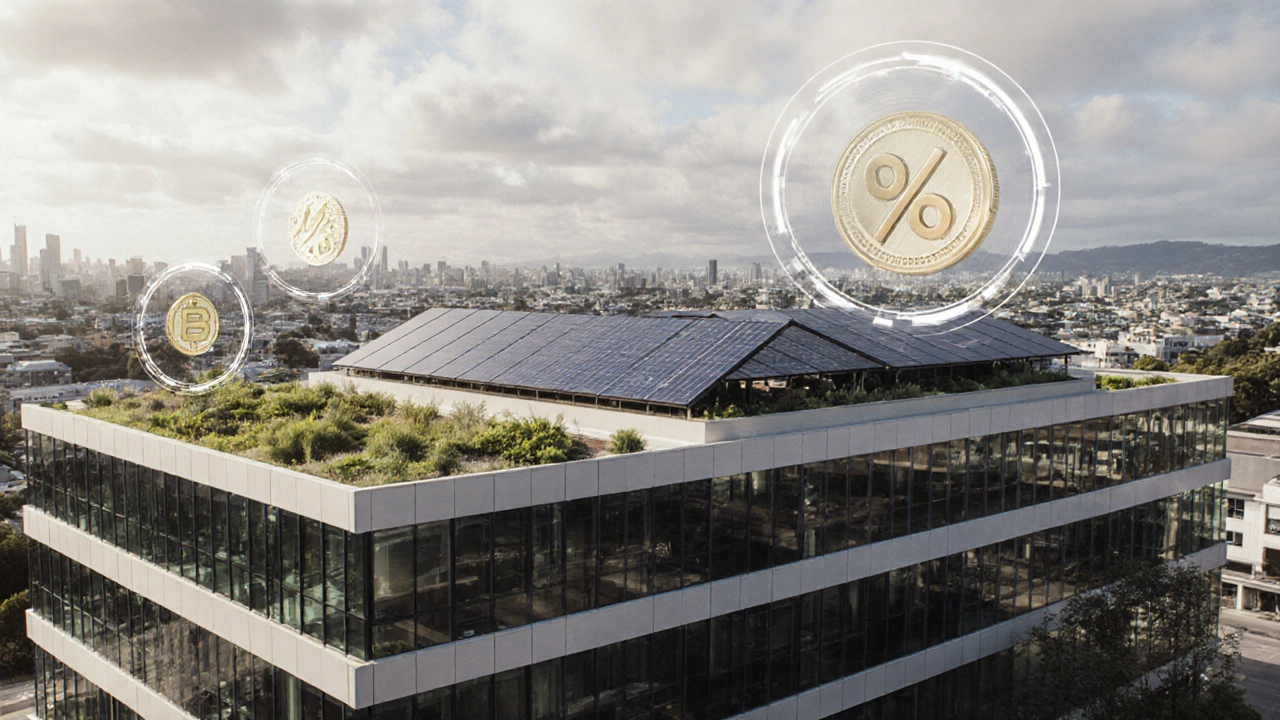Sustainable Architecture – Green Design Ideas for Cottages and Beyond
When talking about Sustainable Architecture, the practice of designing buildings that minimize environmental impact while offering comfort and style. Also known as green architecture, it blends energy efficiency, low‑carbon materials, and thoughtful siting to create spaces that feel right and do right. Sustainable architecture encompasses energy efficiency, low‑embodied carbon, and passive design – three pillars that shape every eco‑friendly project today.
One of the most visible examples is Tiny Houses, compact dwellings that use less material and energy than traditional homes. They prove that shrinking floor space can actually expand sustainability: smaller roofs mean lower heating bills, and fewer walls reduce embodied carbon. The tiny‑house movement shows how smart layout and high‑performance insulation turn limited space into a low‑impact lifestyle.
Another fast‑growing trend is Glamping Cottages, luxury‑styled camping shelters that blend nature immersion with modern comforts. When built with reclaimed timber, solar panels, and rain‑water harvesting, glamping sites become mini‑labs for sustainable architecture. They illustrate how tourism can adopt eco‑friendly design without sacrificing comfort, turning holiday rentals into carbon‑conscious experiences.
Underlying both tiny houses and glamping retreats are Eco‑friendly Materials, products such as timber, hempcrete, and recycled insulation that lower a building’s carbon footprint. Choosing these materials reduces embodied energy, improves indoor air quality, and often supports local economies. Pairing them with passive‑house standards – airtight envelopes, balanced ventilation, and thermal mass – creates buildings that need almost no external heating or cooling.
Why It Matters for Cottage Getaways
For anyone hunting a UK cottage escape, the principles of sustainable architecture matter more than you might think. A cottage built with low‑carbon timber frames, insulated with sheep‑wool, and powered by a small solar array will feel cozier in winter and stay cooler in summer, all while keeping your carbon bill low. This approach also aligns with the growing demand for eco‑friendly holiday stays, giving owners a competitive edge and travelers a guilt‑free retreat.
Readers will soon see how each of these ideas ties back to real‑world stays. Below you’ll find articles that break down boutique hotel pricing, compare glamping to traditional camping, dive into the numbers behind tiny‑house energy use, and offer practical tips for making any cottage more sustainable. Whether you’re a property owner, a traveler, or just curious about greener building, the collection provides actionable insights you can use right away.
Ready to explore the full range of eco‑focused content? Scroll down to discover detailed guides, cost breakdowns, and real‑world examples that bring sustainable architecture to life in cottages, glamping sites, and beyond.
Downsides of Green Buildings: Hidden Costs and Challenges
Explore the hidden drawbacks of green buildings, from higher upfront costs and embodied carbon to maintenance challenges and resale uncertainty, with practical tips to manage them.
- Oct, 4 2025
- 0 Comments
